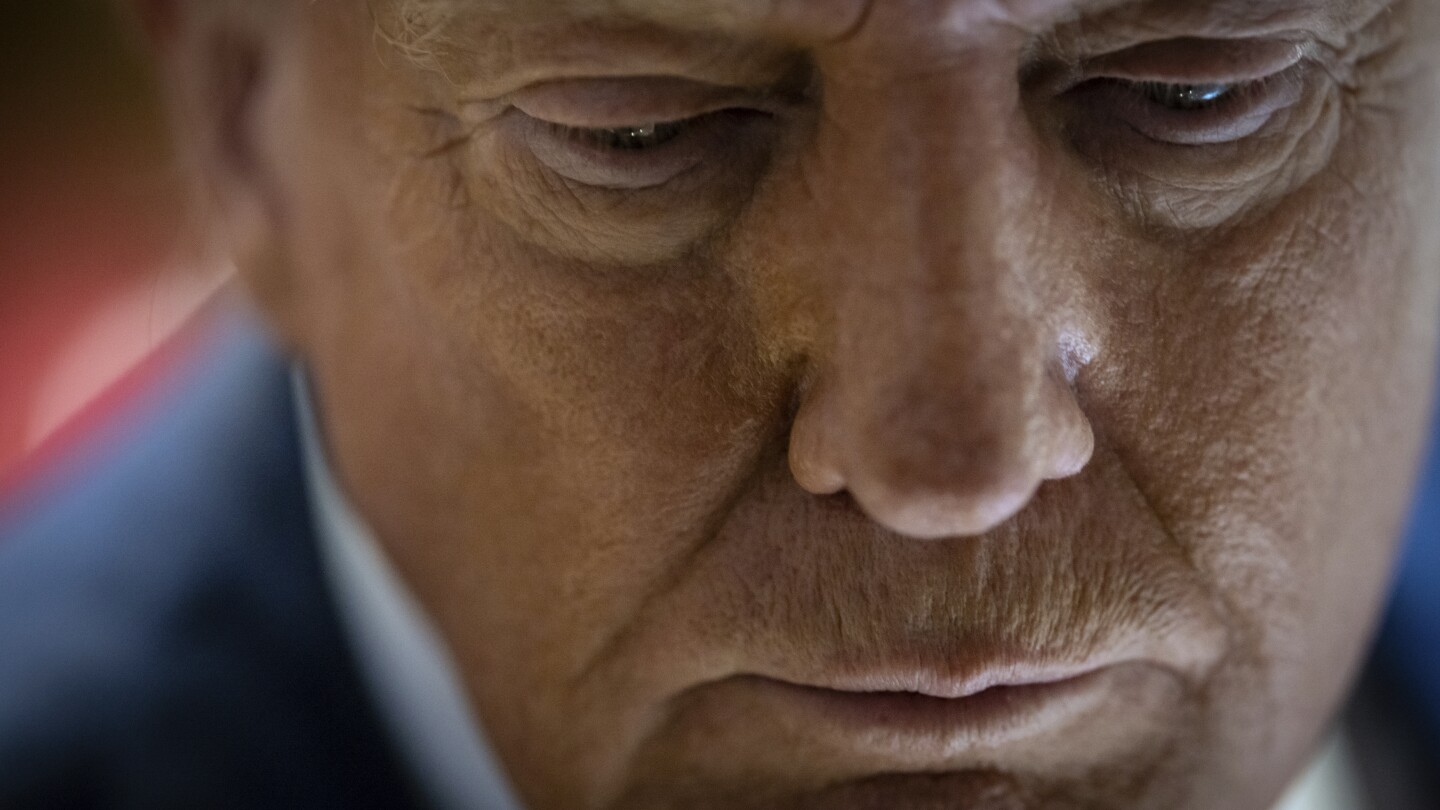I worked on clean energy reform under both Trump and Biden — we cannot go back
The difference between Donald Trump and Kamala Harris when it comes to climate and clean energy policy could not be more stark.

“It will be bumpy, but it will be fine,” a renewable energy CEO said during a recent industry plenary session in response to a question about the impact of Donald Trump’s potential return to the White House.
His comment struck me as surprisingly glib. Ideology aside, the difference between what a Donald Trump presidency and a Kamala Harris presidency would mean for our industry should not be taken lightly.
Having worked firsthand with both the Trump administration on Hurricane Maria recovery and the Biden-Harris administration to implement the executive order on federal sustainability, I speak from experience when I say that the differences in their approaches and competency when it comes to climate and clean energy policy could not be more stark.
In my experience working with both administrations, I saw firsthand how the Trump team bungled the Department of Energy’s 2017 Staff Report on Electricity Markets — which was quickly disavowed by the very consultant they hired to run it — and the associated proposed rule on reliability and resilience at the Federal Energy Regulatory Commission. Later on in his term, the administration proved incapable of organizing an adequate response to Hurricane Maria in Puerto Rico and the Virgin Islands, leaving parts of the islands without electricity for nearly a year. Meanwhile, the Federal Emergency Management Agency regional director put in charge was steering government contracts to her boyfriend.
I witnessed both of these unnecessary disasters develop in real time in my role at the Smart Electric Power Alliance. I was perplexed by the Trump administration's lack of understanding of power markets or energy project development, and at dismissiveness at which they treated experts from our industry who were summoned to the White House.
When it comes to strengthening domestic manufacturing — a top goal for our industry — Trump’s current proposal goes no deeper than increasing tariffs on China, an overly simplistic approach that has proven over and over to drive inflation and reduce economic growth. In contrast, the Biden-Harris administration has come through time and time again with vastly more sophisticated approaches to support the clean energy industry. From ensuring that cleantech startups stayed solvent during the collapse of Silicon Valley Bank to finding creative solutions to allow imports of solar panels while supporting domestic manufacturing ahead of the passage of the Inflation Reduction Act, Biden administration officials put in the work to make sure that our industry would thrive.
Having worked on the latter issue during my time at the Biden-Harris White House, we were able to build upon that work to effectively support energy providers in rolling out new clean energy solutions and accelerate the benefits of the Inflation Reduction Act across the country.
This will matter a lot over the next few years as the federal government leads on policy implementation from recent legislation. The Trump administration eviscerated the Energy Department’s capabilities, driving staff away; this has necessitated a rebuilding effort that is still in progress, even as the Energy Department is tasked with administering all the clean energy provisions of the Inflation Reduction Act and the Bipartisan Infrastructure Law.
The work at Federal Energy Regulatory Commission will be just as critical, with implementation reviews of Order 2222 and rehearings of Orders 2023 and 1920 to be administered by commissioners appointed by our next president.
As president, Harris would continue to prioritize investments in clean energy as a central part of addressing the climate challenge, including defending, improving and expanding upon the Bipartisan Infrastructure Law and the Inflation Reduction Act. A large part of that will be driving forward on permitting reform, a priority Harris is actively campaigning on.
Last month at National Clean Energy Week, Republicans on Capitol Hill spoke optimistically about working across the aisle with a future Democratic administration on the legislation; however, behind closed doors, staffers from both parties fear that a Trump presidency will guarantee nothing bipartisan will be even discussed, much less passed, given his administration’s track record and campaign rhetoric.
“Bumpy” doesn’t scare us in the clean energy industry, and we understand that characterization can be made regardless of who has and will sit in the White House. But we know there is a clear difference between what these two administrations would mean for clean energy deployment. We must demand more than “bumpy, but fine,” and work with joy and energy to elect a Harris-Walz administration, partnering to build the future to which we aspire.
Tanuj Deora served as director of clean energy at the Council on Environmental Quality in the White House from 2021 to 2023, and as chief strategy officer at the Smart Electric Power Alliance from 2015-2019. He had earlier served in the Cabinet of Gov. John Hickenlooper (D) as director of the Colorado Energy Office and has 20 years of experience in the energy industry.


